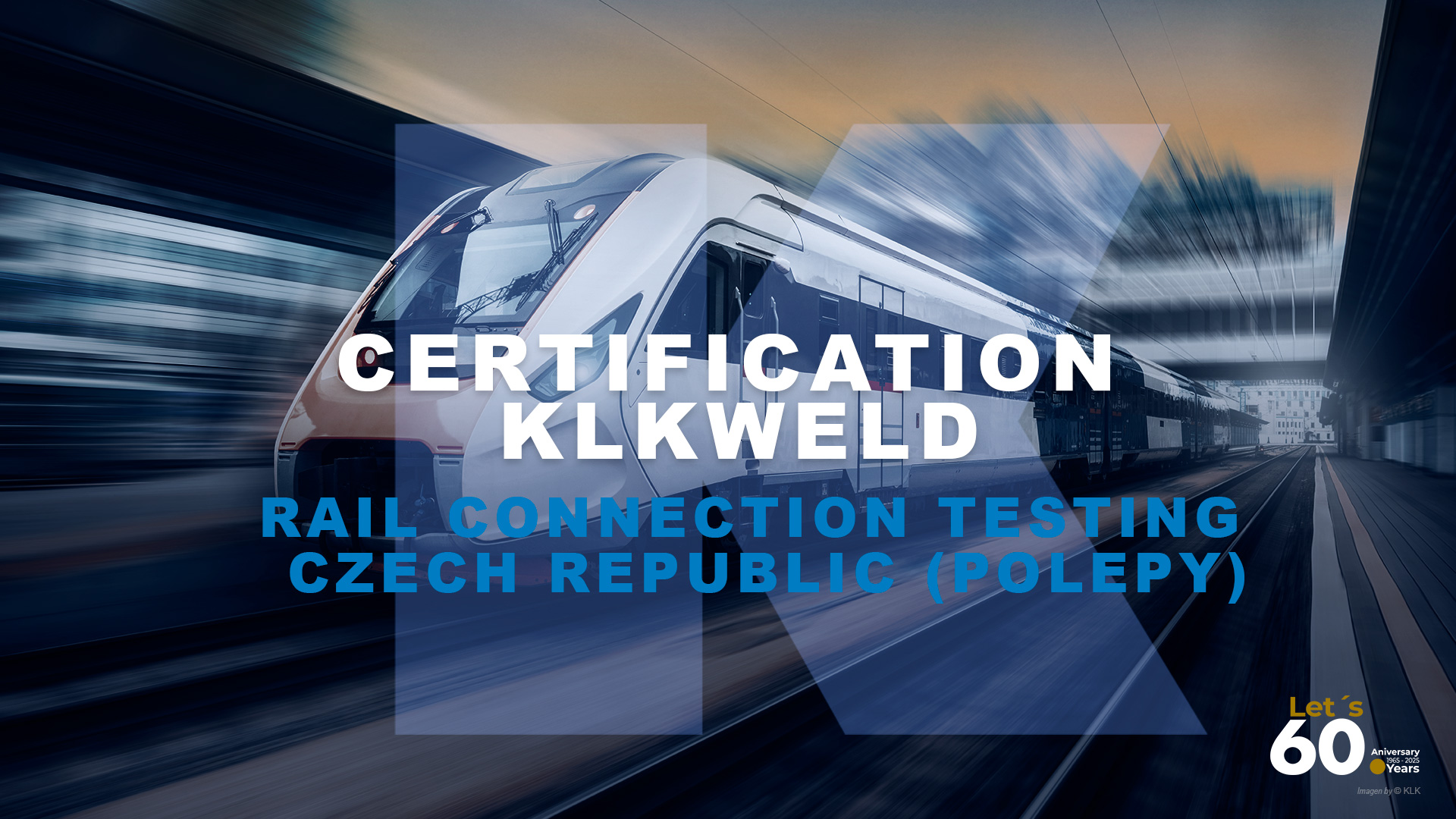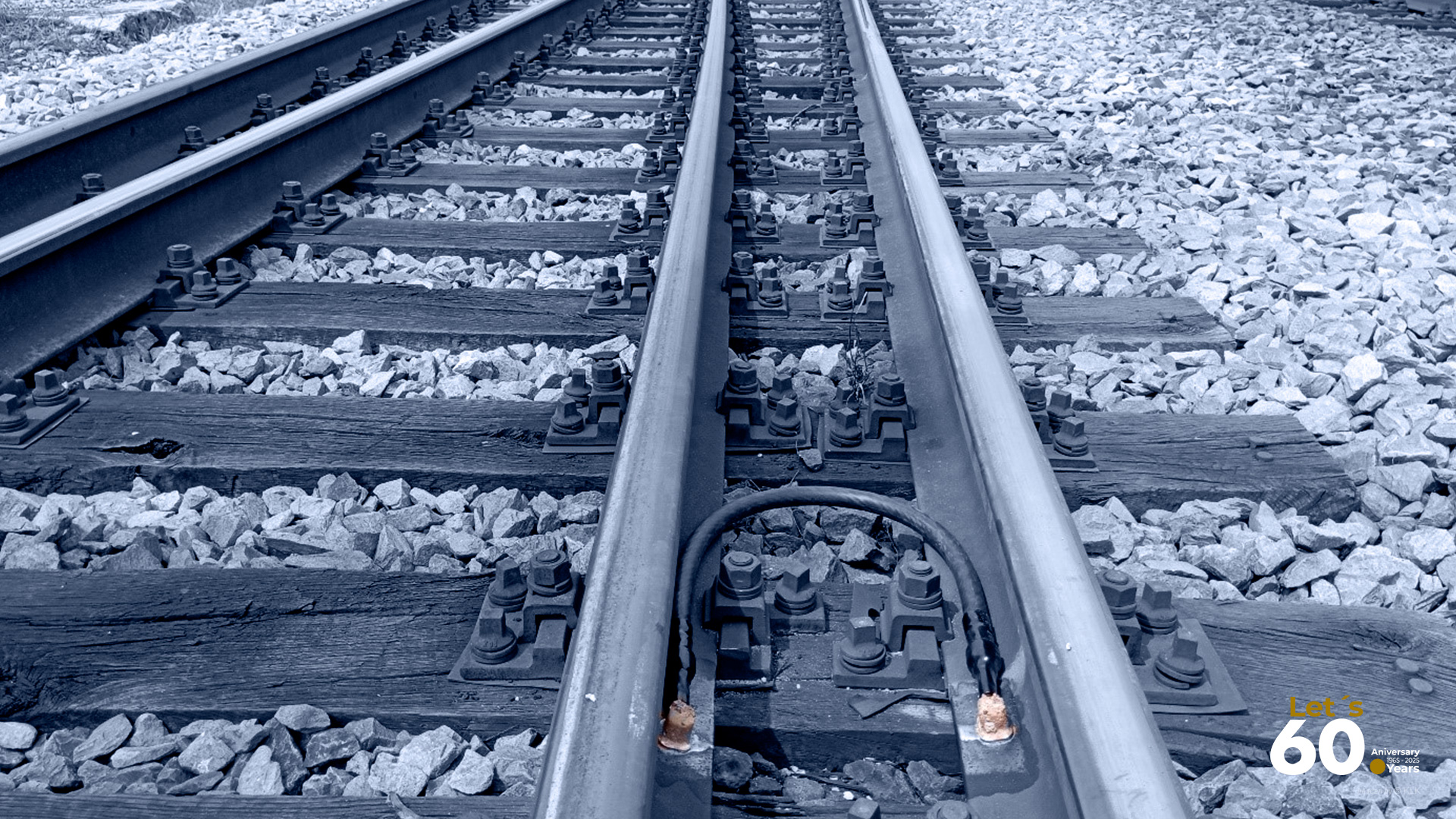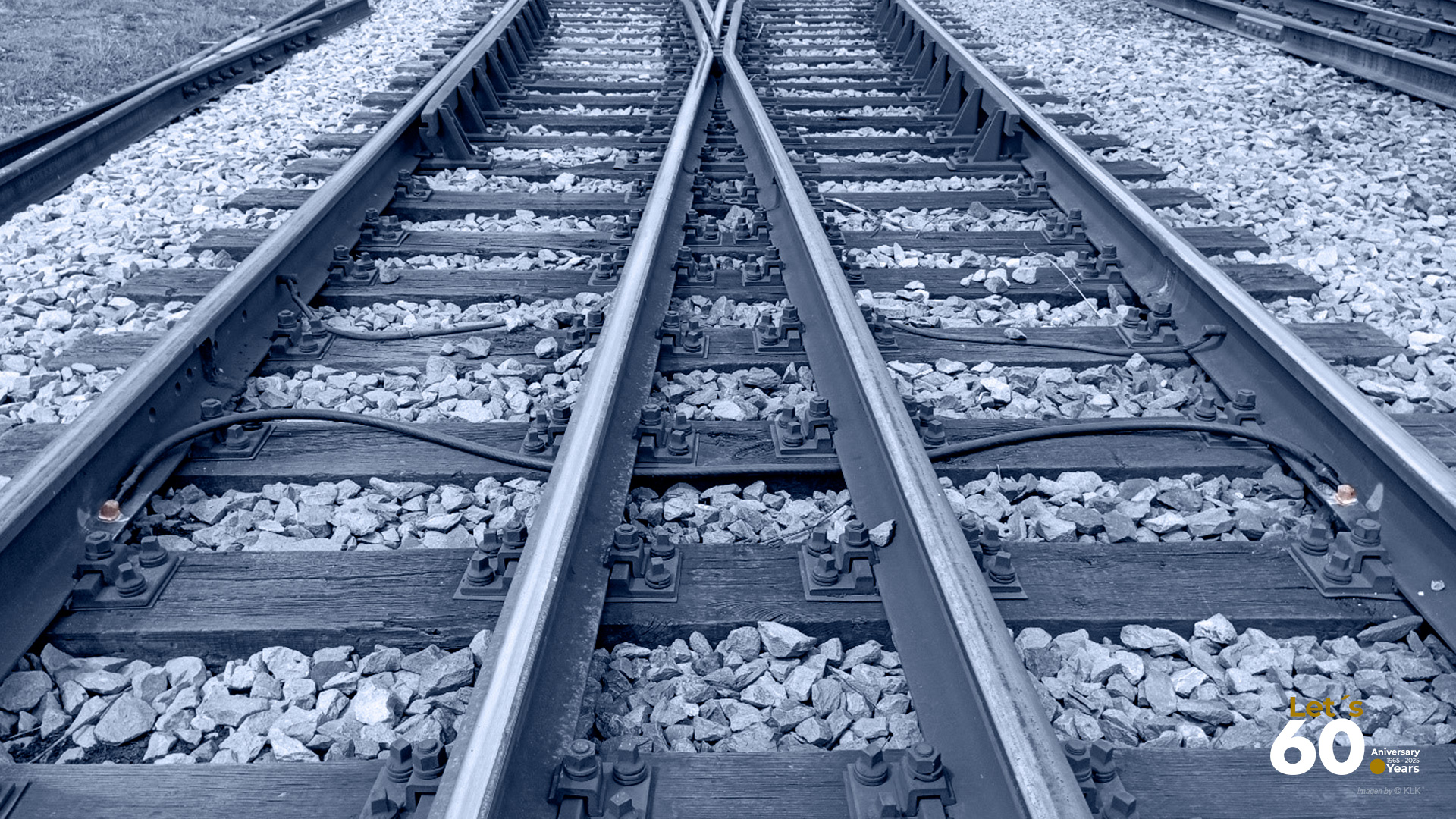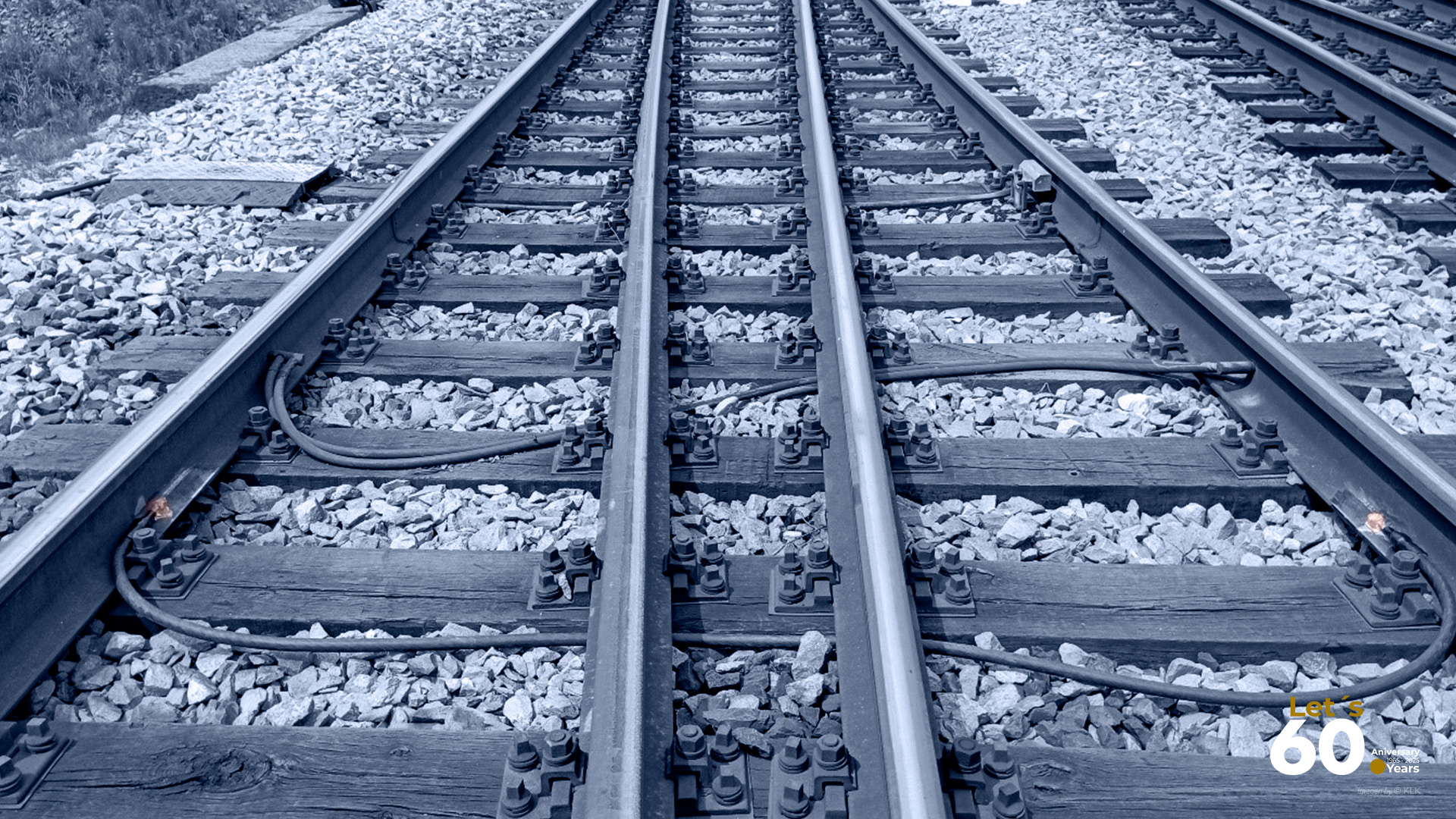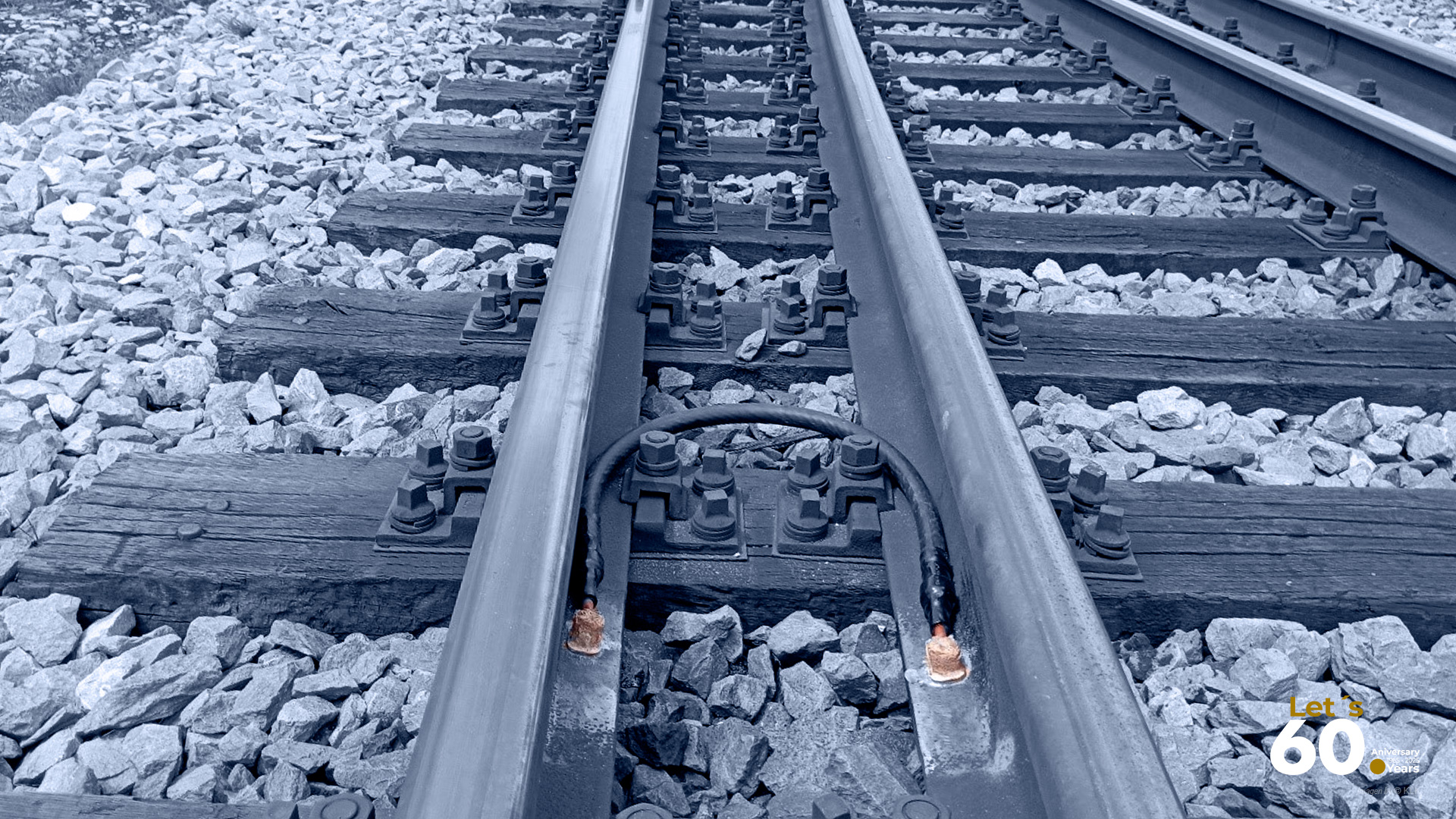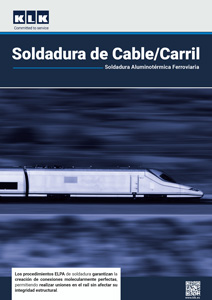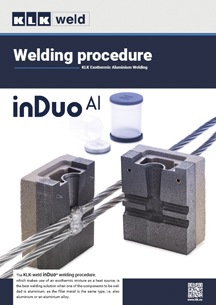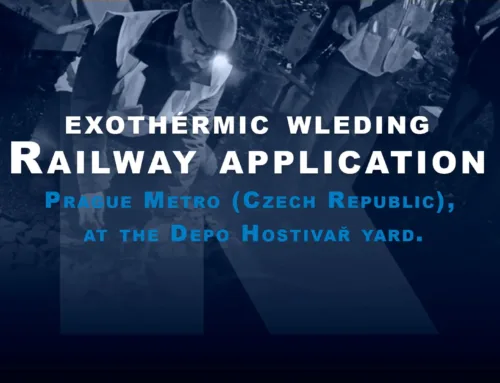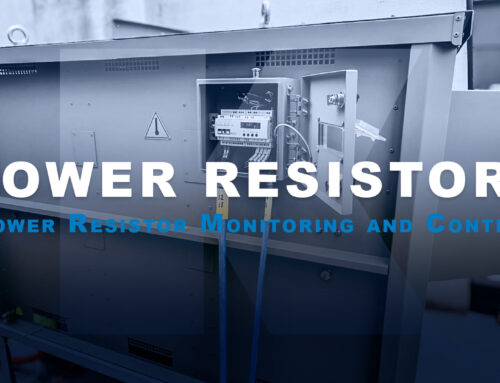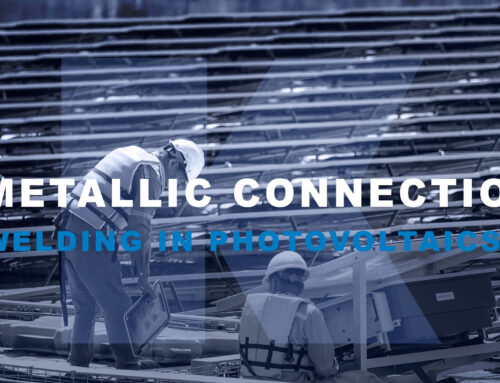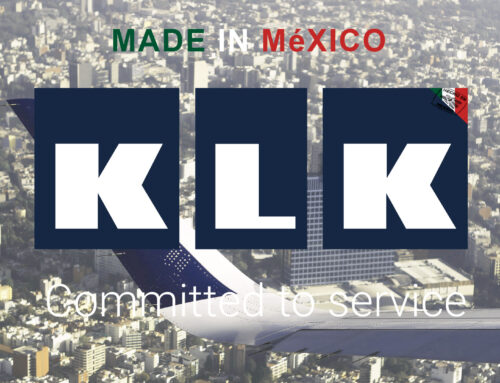Exothermic Welding on Rail Connections: KLK Weld Testing in Polepy
July 24, 2025 | Railway Exothermic Welding · Connections · Certification · Czech Republic
During a technical field session in the Czech Republic, our team executed and documented over nine rail connections using the KLK Weld exothermic welding system. These real-world tests, conducted directly on track, allowed us to validate the effectiveness of our solutions for railway grounding, combining technical precision, reliability, and compliance with European standards.
KLK Weld is the technical answer for certified, long-lasting, and secure rail connections—field-tested and ready for the most demanding railway environments.
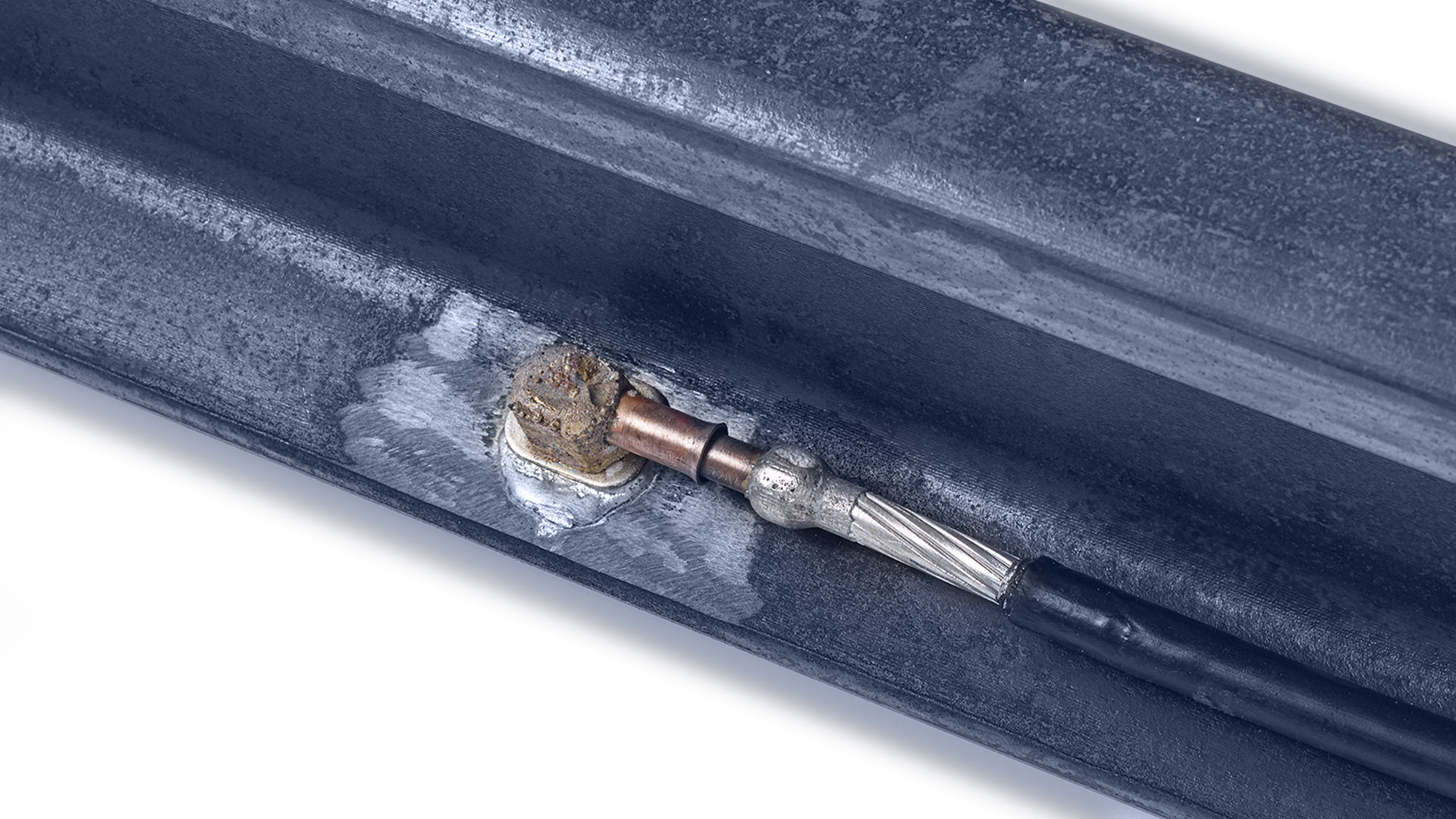
What Is Exothermic Welding for Railway Tracks?
Exothermic welding is a process that requires no external energy source and creates a permanent bond between metallic conductors. In the railway sector, it’s used to make rail connections between the track and grounding systems, ensuring excellent electrical conductivity and long-term durability under vibration and extreme conditions.
Technical Test in Polepy: Combining Technologies
- KLK Weld (copper-to-cable welding): Used to bond a 169 mm² cable to a D10 copper stud.
- ELPA Welding (stud-to-rail): Anchored the stud directly to the rail base, ensuring electrical continuity.
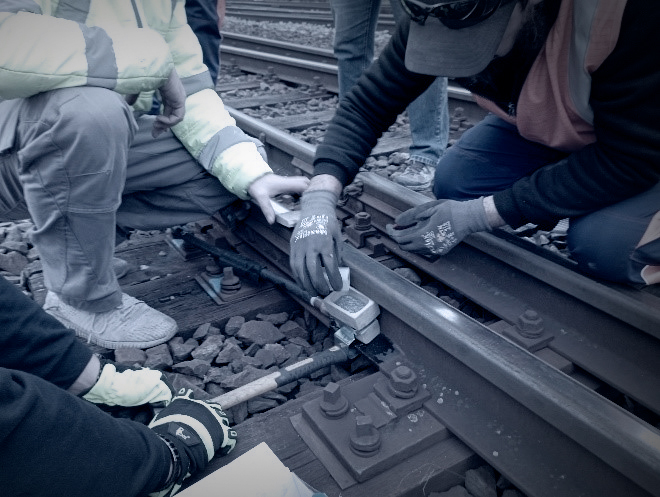
Advantages of KLK Weld in Railway Environments
- Secure bonding between the grounding system and the rail using certified exothermic welding.
- KLK Weld technology tailored for harsh railway conditions: vibration, weather exposure, and mechanical stress.
- Reduced electrical failures and improved continuity in rail connections.
- Compliant with national and international certifications (validated through testing in the Czech Republic).
At KLK, our KLK Weld exothermic welding technology ensures long-lasting, reliable rail connections aligned with the highest railway standards.
Conclusion: KLK Weld, Solutions Engineered for Rail
The Polepy testing validates the performance of our KLK Weld exothermic welds applied to critical railway connections, outperforming alternatives like arc welding or purely mechanical joints. That’s why we continue to support operators and contractors with technically sound, long-lasting grounding solutions tailored to real-world operating conditions.
Some Polepy Connections | KLKweld
Frequently Asked Questions
Looking to improve the reliability of your rail connections? Need technical support or an on-site demonstration?
You may also be interested in
Need help?

